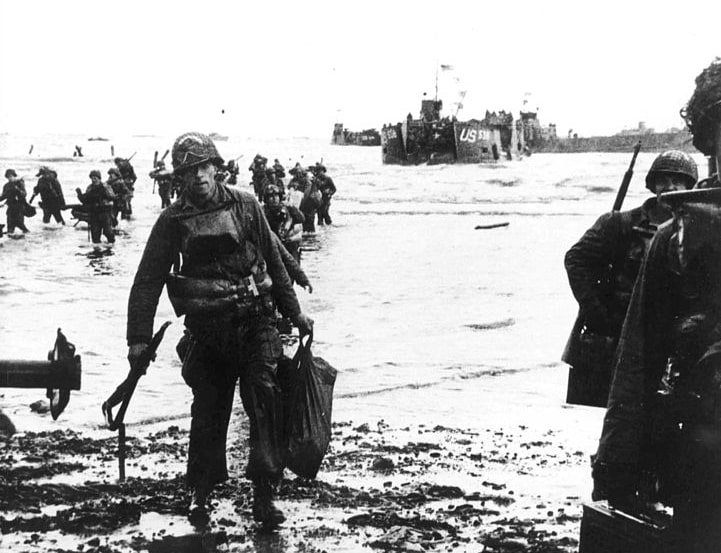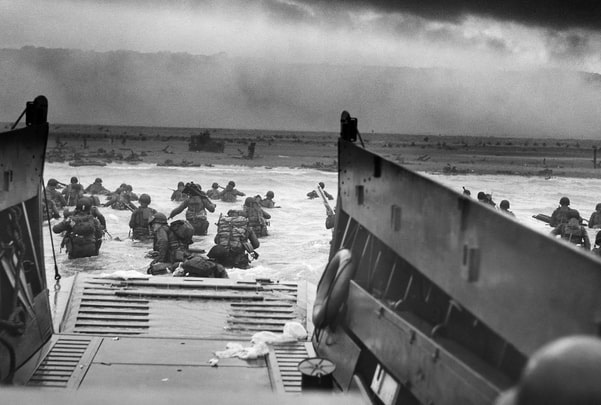Introduction: In this article – the first of two – Katie Rebecca Garner gives tips for researching your WWII veteran ancestors. Katie specializes in U.S. research for family history, enjoys writing and researching, and is developing curricula for teaching children genealogy.
Because veterans of wars prior to the 20th century lived long ago, learning their stories involves digging up old records. Veterans of more recent wars are still around to tell the stories. WWII is in between. Some veterans are still alive but are very old. Some that are dead have passed on their stories. For others, it is necessary to dig up records.
This two-part blog series will explore the WWII records available to learn about your veteran ancestors.

Historical Background
We’ll start with historical context. WWII began in September 1939, but the U.S. didn’t enter until December 1941. The U.S. remained neutral until the Pearl Harbor attack. Men of age to serve during that time were required to register for the draft. The earliest U.S. draft records are from the peacetime draft in October 1940.
Many U.S. citizens joined the war prior to the U.S. officially entering. This includes around 10,000 men from the U.S. who served with the British or Canadian forces. If your ancestor was one of those soldiers, you would need to search for their service records in the country they served in.
U.S. military branches in WWII included the Coast Guard, Merchant Marines, Marine Corps, Army Air Force, Navy, and Army. The army was the largest branch, larger than all the others combined. Each branch had its own regiments and companies or military units. It is helpful to know your ancestor’s unit to research their military experience.
Women also served in WWII. Those serving in the army were the Women’s Army Auxiliary Corps (WAACs) and then the Women’s Army Corps (WACs). Those serving in the Navy were the Women Accepted for Volunteer Emergency Service (WAVES). Those serving in the air force were the Women Airforce Service Pilots (WASPs). There were also women marines. The women who served in WWII were not considered veterans until several decades later. Now they are considered veterans, and their records can be searched the same as male veterans. If you have a female ancestor who served in WWII, looking for her records will be no different than searching for her male counterpart.
Information Needed to Research WWII Vets
When researching WWII veterans, it is helpful to know the following:
- When and where they joined the military
- Which unit they served in
- What their job was
- If they served overseas
- If they were in any battles
- If they received any medals
- When they left the military
This information is all contained in a veteran’s discharge papers, so obtaining that should be your first step.
An excellent way to learn your ancestor’s war story is by looking up the histories of the unit they served in and the battles they participated in. These may not list individuals, but your ancestor would have been there experiencing the events disclosed. Such information can be found in morning reports and after-battle reports.
Whatever awards your ancestor earned can also tell a story. To learn that story, look up the requirements for the medals and awards listed on your ancestor’s discharge papers.
Some soldiers were transferred between units. The discharge papers list the unit your ancestor was in at the time of discharge. You may need to look up multiple units if your ancestor transferred units.
Part 2 of this series will continue explaining records available to research our WWII ancestors.
Explore over 330 years of newspapers and historical records in GenealogyBank. Discover your family story! Start a 7-Day Free Trial
